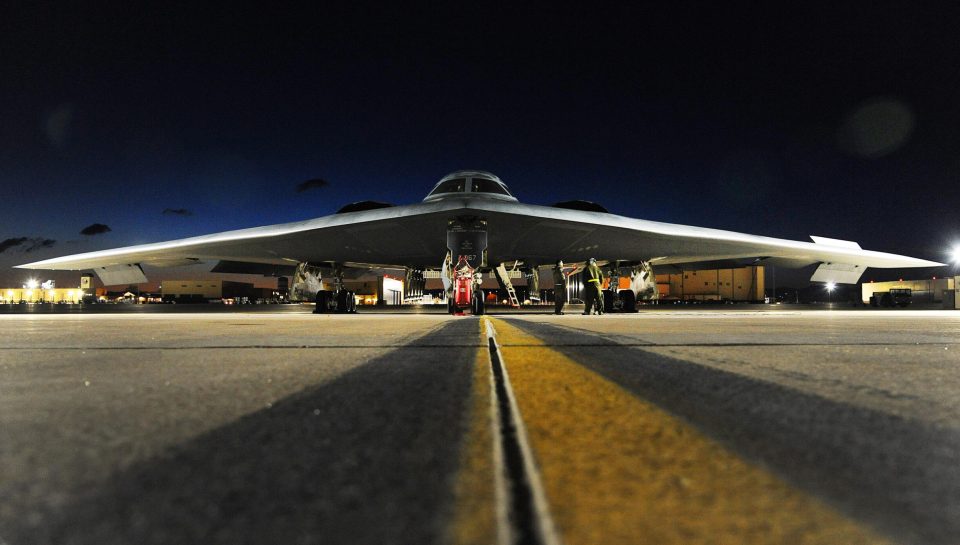Markets responded with surprising composure following the United States’ bombing of Iran, an event that, under typical circumstances, might have triggered a broad risk-off reaction. Instead, when trading resumed on Monday morning, the S&P 500 closed 1% higher, while the Brent crude oil price declined. This resilience was likely due to Iran’s tempered response, which helped ease fears of broader conflict or the closure of the Strait of Hormuz. Rather than sparking panic, the strike appears to have marked a turning point in the perceived trajectory of the conflict. Investors seem to view it as a peak in the rate of escalation, rather than the beginning of a wider war. This perception of containment aligns with a broader market narrative which has shrugged off worst-case scenarios—geopolitical shocks, tariffs, even AI capex fears are proving less disruptive than initially feared. Meanwhile, upward earnings revisions continue to reinforce the market’s bullish tone.
While the market’s muted reaction may seem counterintuitive, historical precedent supports it. According to Morgan Stanley, the S&P 500 has historically risen by an average of 2%, 3%, and 9% over the 1, 3, and 12 months following similar geopolitical events. Notably, sharp equity sell-offs tend to occur only when such events are accompanied by inflationary spikes—particularly those driven by surging oil prices. For now, energy markets have remained relatively calm.
The strike also served as a powerful reminder of the unmatched capabilities of the US military. Central to the operation were B-2 Spirit stealth bombers, developed by Northrop Grumman and valued at around $2 billion each, which remain the only aircraft capable of delivering the 14-ton Massive Ordnance Penetrator (MOP). Reports suggest the mission involved a total payload of roughly 190 tons. Beyond the immediate impact, the operation has renewed focus on global defence readiness. Pressure from Trump for NATO allies to contribute more toward collective defence has prompted member nations to increase spending, now targeting 5% of GDP, creating meaningful tailwinds for the defence industry.
As conflict increasingly spans new domains, modern warfare is no longer defined by traditional ground forces alone. Superiority now depends on precision-guided munitions, cyber capabilities, autonomous systems, and space-based surveillance, areas in which the US maintains a commanding lead. These military advancements are not only a reflection of defence dominance but also of the broader US innovation ecosystem. This reinforces High Street’s long-standing preference for the US market. We believe the innovation gap remains a key driver of the country’s economic and market leadership, and a fundamental reason why US equities continue to present a compelling long-term investment case.
Unless otherwise stated, all performance and statistical figures provided in this article have been pulled from Bloomberg by the High Street Asset Management Research Team on 27 June 2025 and all the images provided in this article have been sourced from FreePik and have been used in line with their Acceptable Use Policy. The contents of our newsletters are frequently sourced from or verified through our various product providers and other third parties. Although every effort is made to ensure the accuracy of the information contained in the newsletter, it should not be construed as financial advice as defined in the Financial Advisory and Intermediary Services Act. Links are provided to third-party websites for convenience only. High Street Asset Management (Pty) Ltd cannot accept responsibility and does not endorse any information contained on a third-party site. For our full disclaimer, please see: https://hsam.co.za/legal/.





